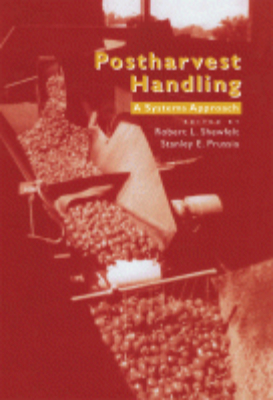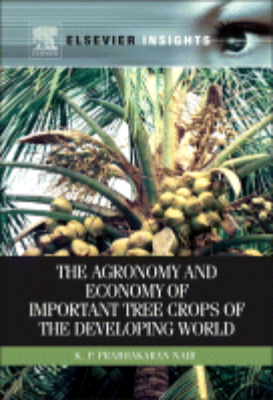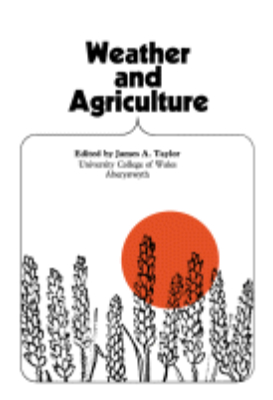Research Surgery and Care of the Research Animal: Surgical Approaches to the Organ Systems 1989
Methods of Animal Experimentation, Volume VII: Research Surgery and Care of the Research Animal, Part C is a collection of papers that deals with methods used in animal experiments concerning surgical approaches to certain organ systems such as the maxillofacial and skin systems. This collection deals with surgery involving the oral and maxillofacial, ophthalmic, skin systems, as well as research on canine immune systems and applications of microsurgery and laser surgery. One paper discusses orthognathic surgery including temporomandibular joint and dental implants. Another paper describes corneal procedures, lens extraction, and intraocular lenses. In discussing skin experimental surgery, the author explains procedures in flap anatomy, surgical healing, skin grafting, and burn treatment. The techniques in studying the immune systems of dogs include procedures dealing with peripheral blood, bone marrow, reactive cells, and tissues. Other authors explain the application of microsurgery to laboratory research including the equipment and techniques used, as well as the general principles of tissue transplantation into the animal’s central nervous system. Another author discusses the use of lasers and special considerations such as laser restrictions and instrumentation. This book will be appreciated by laboratory assistants and scientists dealing with test animals, by veterinarians, and by researchers designing animal and medical experiments.
| Publication Language |
English |
|---|---|
| Publication Access Type |
Premium |
| Publication Author |
* |
| Publisher |
Elsevier |
| Publication Year |
* |
| Publication Type |
ebooks |
| ISBN/ISSN |
* |
| Publication Category |
Animal Science |
Kindly Login to ICAR Digital Library Portal.











